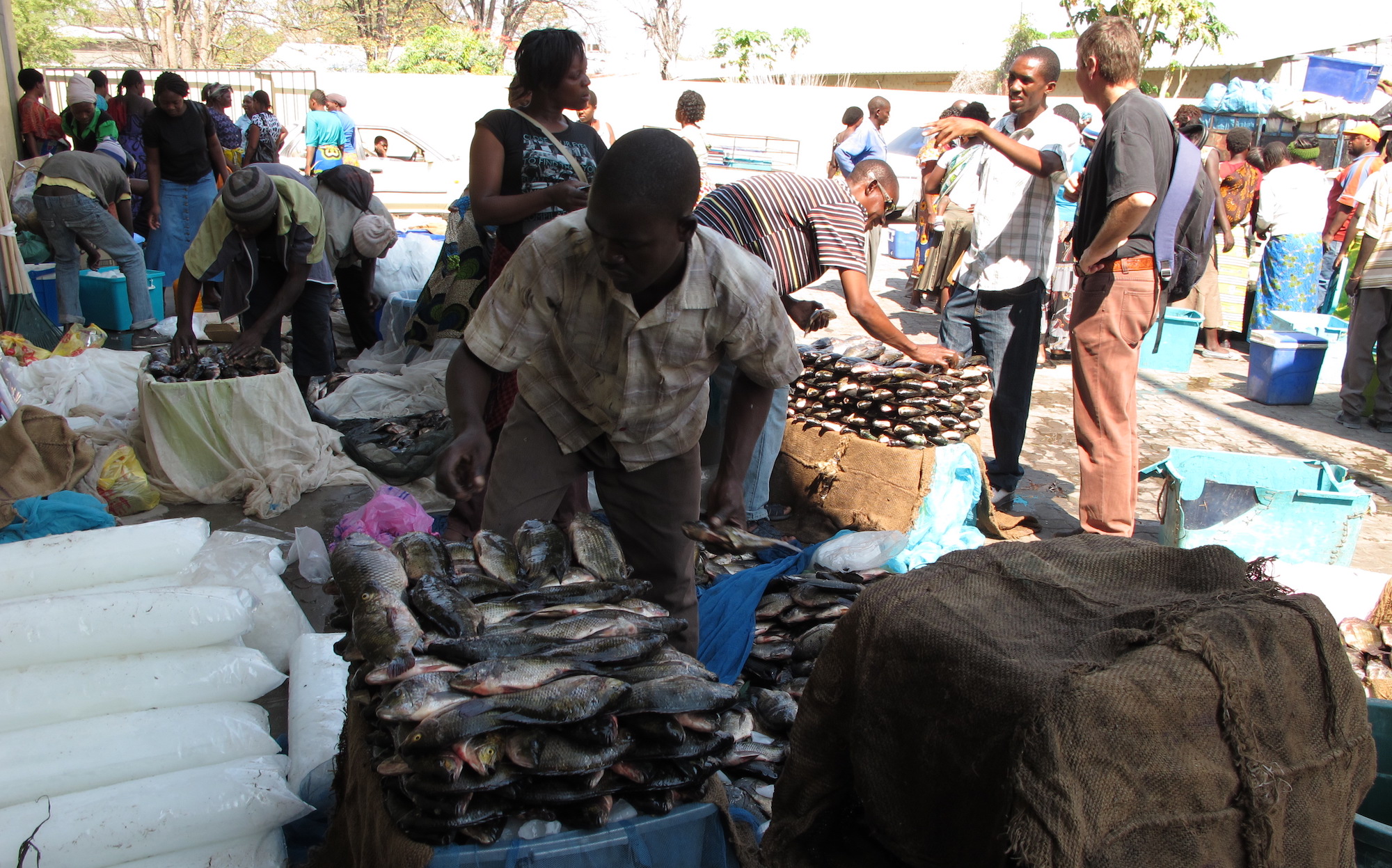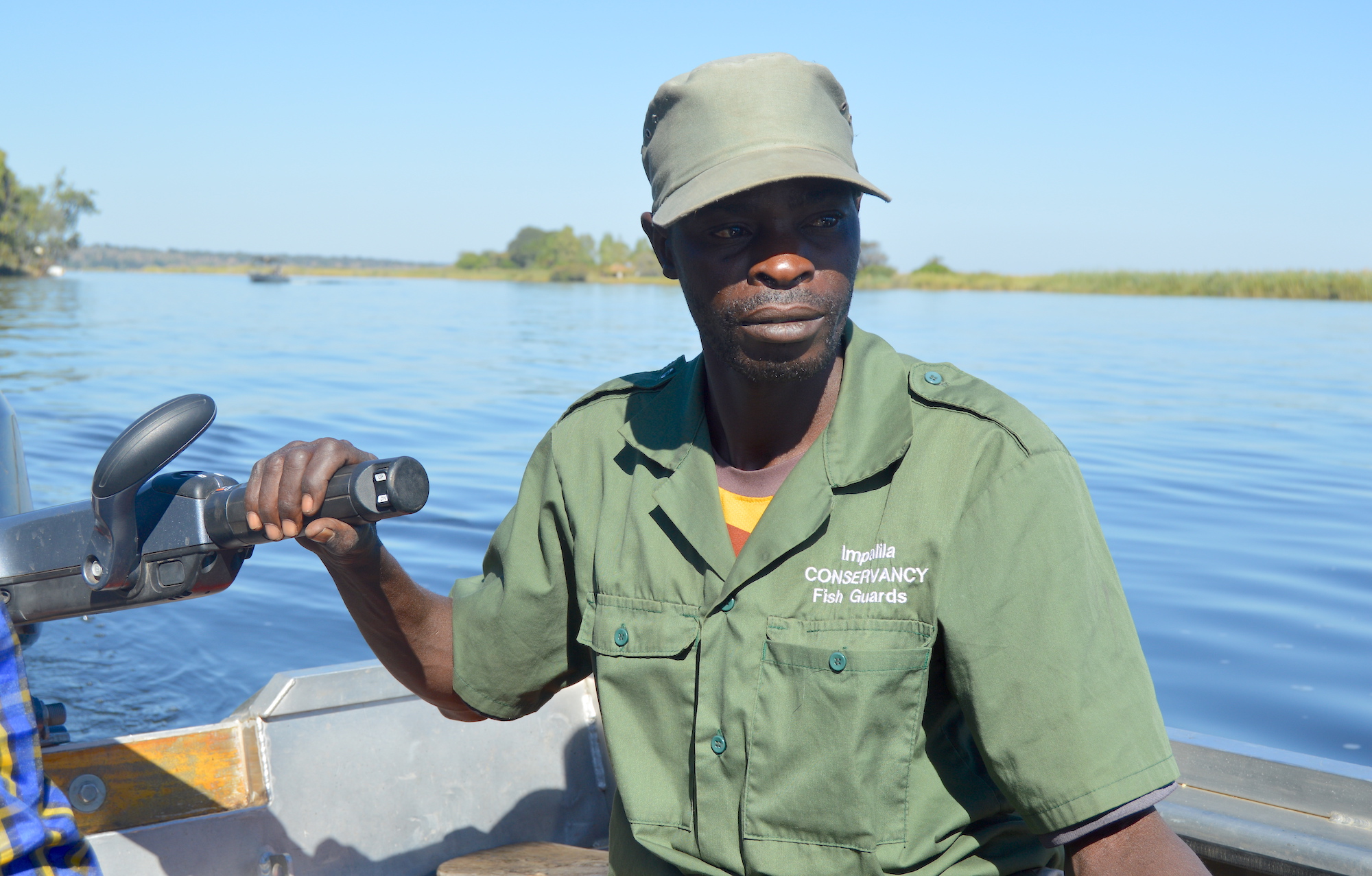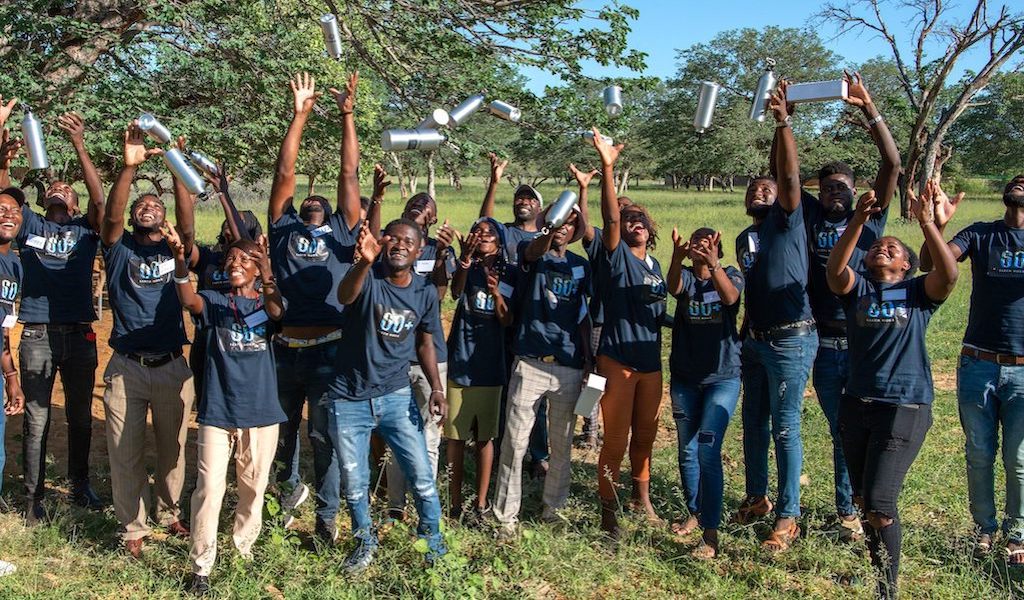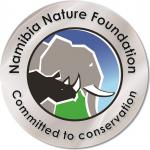
Inland Fisheries Reserves
A community-based approach to protect Namibia’s freshwater fish
By Clinton Hay
University of Namibia/Namibia Nature Foundation
9th August 2019
The inland fish resources of the Zambezi, Chobe, Kwando and Kavango rivers in Namibia have supported human riverine communities for centuries. Although gillnets were documented as early as 1893 in the Zambezi Region, local fisherfolk used mainly traditional fishing gear and methods until recently. Traditional fishing gear naturally limits fishing effort as it takes time to make the fishing equipment (e.g. fishing baskets), which also needs to be repaired and replaced regularly. Furthermore, traditional fishing gear is not as effective as gillnets.
Historically, fisheries were managed to secure access to particular fishing areas for specific social groups, rather than to protect fish stocks. Traditional authorities occasionally closed fishing sites and sometimes entire seasons as part of their traditional management systems. Fish stocks were not considered threatened, as there were few people living in the area and they used mainly traditional fishing gear and fished to feed their families or barter for other goods.
This situation has changed drastically, especially during the last 10 to 15 years. The change has been driven by a combination of growing human populations along the rivers and the commercial exploitation of two major ephemeral lakes – Ngami (Botswana) and Liambezi (Namibia) – which filled up in this period. Ephemeral lakes are dry for long periods of time and only fill with water under specific conditions. When they contain water, fish numbers increase, which provides a new source of protein for people in these areas. Expanding human populations along the rivers in Namibia and Botswana and in neighbouring countries (e.g. Zambia) have led to an enormous increase in the demand for fish, yet the available fish stocks in the rivers have remained the same. Natural ecosystems have limited productivity irrespective of human demand.

Fish are processed with ice for export to neighbouring countries. Fishing has become a commercial activity that threatens fish stocks.
With the flooding of Lake Liambezi in the Zambezi Region, a commercial fishery developed, pushing up fish prices with exports to the Democratic Republic of the Congo and Zambia. Even after the lake dried up, fish prices remained high. The balance between supply and demand has been disturbed and the situation is unlikely to change in future.
As fish stocks have declined, fisherfolk have resorted to more ingenious and effective fishing methods to catch more fish to meet their daily needs. Unfortunately, many of these new methods are illegal and the fishing pressure now exerted is unsustainable. This was further exacerbated when people started to see fish in these rivers as a commercial opportunity; fisherfolk from outside these regions arrived in droves with the sole purpose of making a profit.
We are currently wiping out fish stocks in the vast oceans – just imagine how easy it is to destroy fish stocks in our river systems. Fish used to support the livelihoods of local communities in the Zambezi Region. Now, however, this has changed to support the lifestyle of a few, many of whom are not even from this region. This leaves the local poor in the Zambezi with even fewer livelihood options.

Community fish guard patrolling the Impalila Conservancy Fisheries Reserve.
Following years of research and in-depth discussions with local communities, the Namibia Nature Foundation in collaboration with the Ministry of Fisheries and Marine Resources, launched an initiative to allow local communities to once more manage their fish resources sustainably. The Inland Fisheries Legislation of Namibia allows for the proclamation of Fisheries Reserves.
A Fisheries Reserve is a part of a river (or ocean) that is proclaimed to conserve fish stocks by setting and enforcing strict fishing rules. This concept is well known for protecting the marine environment, but less so for freshwater ecosystems. Research shows that if you close an area for fishing it produces more and larger fish, which may swim into the surrounding fishing areas. This means that a Fisheries Reserve could improve the quality of fish caught in other parts of the river.
The Namibian policy on freshwater fish states that the fish stocks are to be used by local people for subsistence purposes. They should not be commercialised, as these stocks cannot sustain commercial fishing. With initial funding from the World Wildlife Fund and later the European Union, NNF and the Ministry initiated a fisheries programme by consulting with local communities about managing their fish stocks with their own rules. Although establishing Fisheries Reserves is considered a “new approach”, local communities immediately grasped the concept, as it is similar to their traditional management practices.

Community members monitoring fish catches by local fishermen.
Following these consultations, two Fisheries Reserves were gazetted in the Sikunga and Impalila conservancies in the Zambezi Region. No fishing is allowed in these areas, except for recreational catch-and-release by fishing tourists who pay a levy to the conservancies that manage these areas. Local communities do not see their Fisheries Reserves as a means of earning money, but rather as a way to conserve their fish resources for present and future generations. Community members are trained as community fish guards, who are equipped to patrol these areas and ensure that everyone adheres to the rules. Other community members are trained to monitor the local fish catches; their data will be used to evaluate the effectiveness of the Fisheries Reserves in improving local fish stocks.
Current feedback from communities and the private sector is positive, which is confirmed by the two conservancies identifying more areas as Fisheries Reserves; these are now at various stages of being proclaimed. Furthermore, other conservancies in the region have made requests to establish their own Fisheries Reserves.
Empowering communities to manage their own resources with assistance from government is probably the only way to protect the fish stocks. Communities have the will and ability to do this, but they need support from the private and the public sector to facilitate the process. NNF and the Ministry of Fisheries and Marine Resources remain committed to providing the support requested by people in the Zambezi Region to secure their fisheries for future generations.
For articles on similar topics, please click one of the following options:
If you enjoyed this page, then you might also like:



For more great articles from Conservation Namibia see below...
Conservation Namibia brought to you by:
We use cookies to monitor site usage and to help improve it. See our Privacy Policy for details. By continuing to use the site, you acknowledge acceptance of our policy.









